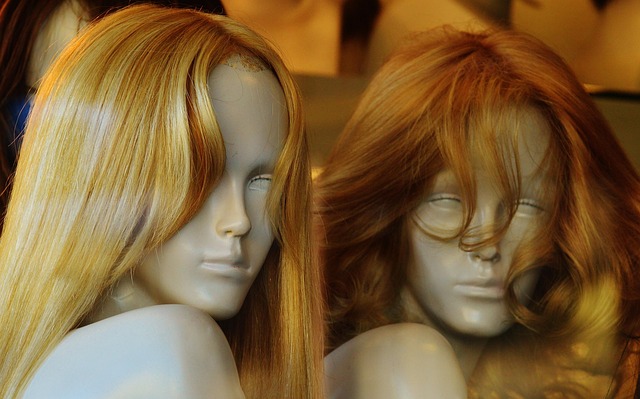Hair Wig: Types, Care, and Styling Tips
Wearing a hair wig can be a practical way to change your look, manage hair loss, or simplify daily styling. Wigs come in many constructions and materials, and choosing the right one involves considering texture, cap design, and how you plan to wear and maintain it. This article explains key differences, care practices, styling ideas, and how wigs fit into beauty and fashion routines.

Wig: Types and construction
Wigs are built from different cap constructions and fiber types. Common cap styles include lace front, full lace, monofilament, and standard machine-made caps. Lace front wigs create a realistic hairline, while full lace allows more versatile parting and styling. Monofilament tops mimic the appearance of natural scalp at the part. Density, cap size, and ear-to-ear measurements affect fit and comfort, so trying a wig or working with a fitter through local services helps ensure the proper match.
Construction also affects breathability and durability. Machine-made caps are often more affordable and sturdy but can feel less natural at the hairline. Hand-tied sections give more movement and realistic styling options but usually cost more. Consider how often you’ll wear the wig: daily wear benefits from breathable caps and secure attachment points like adjustable straps or combs.
Human hair: Advantages and care
Human hair wigs offer the most natural texture and styling flexibility, since they respond to heat tools, coloring, and cutting much like natural hair. They tend to blend well with existing hair and can be restyled repeatedly. Because of their versatility, human hair wigs require consistent maintenance: regular gentle cleansing with sulfate-free products, deep conditioning, and careful detangling from tips to roots helps preserve the hair’s integrity.
To extend lifespan, avoid frequent heat exposure and use heat protectants when styling. Store human hair wigs on a stand or mannequin head away from direct sunlight to minimize color fading. Periodic trims and professional servicing from local wig specialists will refresh the unit and maintain shape. Keep in mind that human hair wigs are generally pricier than synthetic options, reflecting the material and the care they require.
Hairstyle: Choosing and styling a wig
Selecting a hairstyle for your wig should balance face shape, lifestyle, and desired maintenance. Short styles and bobs can be low-maintenance and suit active routines, while long layered wigs offer more styling variety but require more upkeep. Color choices can either match your natural shade or provide a bold change; if you plan to dye a wig, confirm it’s human hair and consult a professional stylist.
Styling techniques include heat styling (on human hair), using rollers or steam for synthetic wigs designed for heat, and customizing by cutting or thinning at a salon. For realistic results, have a stylist blend the wig’s perimeter with your hairline if you wear partial units. Accessories such as headbands, scarves, and clips offer quick changes without heavy styling and are useful for coordinating looks with different outfits.
Beauty: Maintaining a natural appearance
A wig’s beauty depends as much on fit and upkeep as on the hair itself. Match the wig cap to your head size and use adhesives, tapes, or clips as needed for secure placement; choose skin-friendly products and test adhesives on a small area of skin. Maintain a realistic hairline by trimming excess lace and using minimal styling products at the roots so the scalp appearance isn’t weighed down.
Regular cleaning schedules prevent buildup of oils and styling residues that can dull shine and make a wig look less natural. Use lightweight leave-in conditioners or serums sparingly to control frizz and maintain sheen. For concerns like thinning or color-matching, consult local services or a certified wig technician who can recommend color blending, density adjustments, or repairs to keep the unit looking natural over time.
Fashion: Trends and wearing tips
Wigs can be integrated into contemporary fashion as a practical styling tool or a statement accessory. Trends change from textured, natural waves to sleek, geometric cuts; choosing a wig that complements your wardrobe and the season can enhance an outfit. Consider having a few different units for varied occasions—one low-maintenance everyday piece and another more stylized option for events or shoots.
Ethical sourcing and sustainability are growing considerations in fashion choices. Ask providers about sourcing practices and whether they offer remy human hair, which preserves the cuticle orientation for longer-lasting quality. Local services can assist with customized fitting, color matching, and small repairs that keep a wig aligned with current fashion without frequent replacement.
Conclusion
Understanding wig types, the benefits of human hair, styling options, and maintenance routines helps you pick and care for a wig that suits your lifestyle and aesthetic. Whether you prioritize realism, convenience, or fashion flexibility, informed choices about construction, materials, and local professional support will help the wig integrate seamlessly into your beauty and wardrobe plans.






